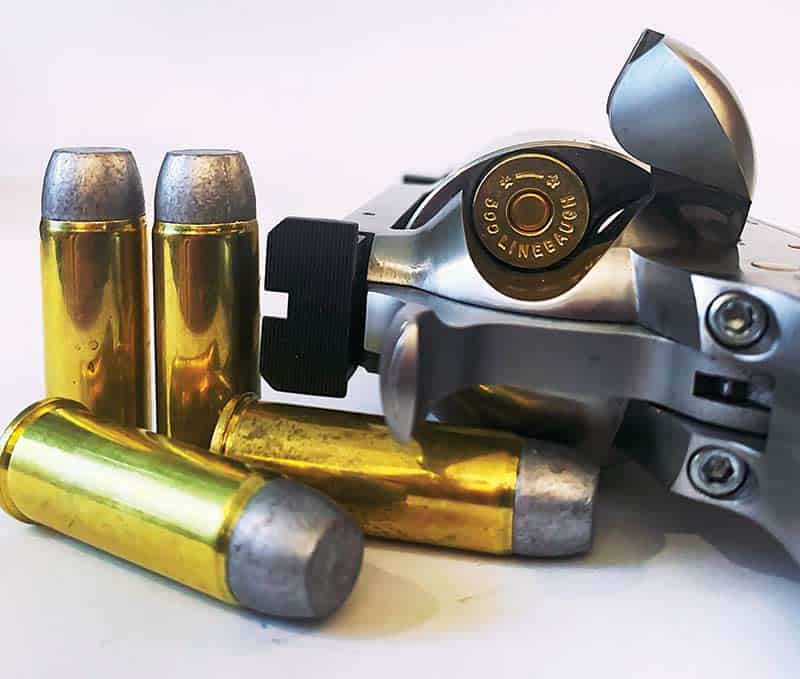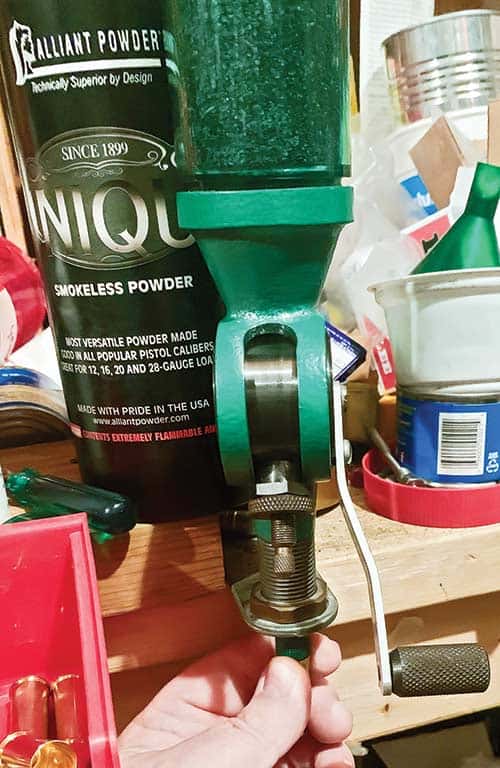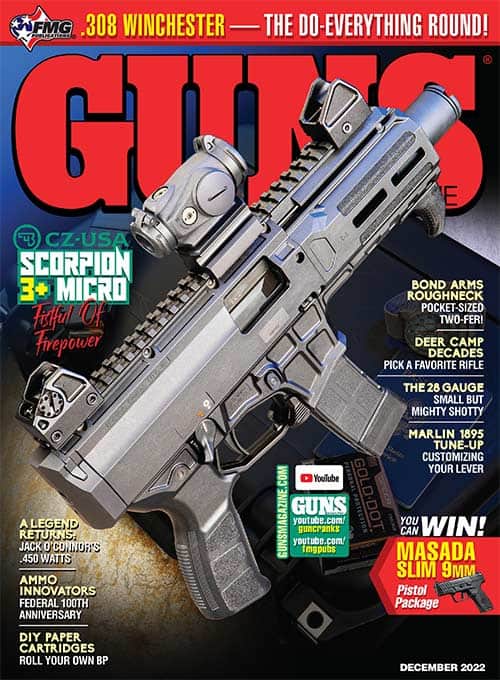Linebaugh Light Loads
A Profound Paradox? It Shouldn’t Be!
One thing handloading has taught me over the years is there’s two ways of doing it. When most start handloading, they look at maximum loads, wondering if they can surpass those listed velocities. It’s more of a challenge than anything else. Common sense is thrown out the window. As time goes on, we start realizing something. At least I did.
While at the range years ago, an old timer, probably about the same age I’m at now, asked me what “fun” loads, or “lighter” loads did I shoot in my big bores? The light bulb went off. “Huh, light loads? Who shoots those?”
Wisdom
Smart handloaders shoot light loads! Why stress yourself, your gun and your component stockpile, i.e., powder and lead, when you’re just going to punch paper? Why not have some fun getting more acquainted with your shooter without fighting the “flinch?” Wouldn’t it make more sense to build a long string of positive reinforced shots where you actually enjoy shooting?
Sure, there’s a time and place for zeroing in with your full-power hunting handloads, but there’s also a time for easier, pleasant-shooting loads where you can build confidence while admiring your big-bore shooter.
Expensive brass can be loaded many times more than when using full-power loads, too! Light loads in the truly big bores, such as the .500 Linebaugh, can easily punch through whitetails at reasonable ranges.
Corder Lightweight Slug
Friend Todd Corder surprised me by sending a package of bullets he designed for the .500 Linebaugh. Todd’s a Linebaugh connoisseur, having several of John’s guns in a variety of calibers, including a .38-40. Anyway, Todd sends me bullets weighing around 367 grains that are gas check (GC) design and having two lube grooves and a crimp groove. Most .500 Linebaugh cast slugs are 400–440 grains in weight.
Todd also believes there’s no need to shoot full-power loads with the big boomers so he designed a proper bullet. It’s a radiused, flat-nose design sporting plenty of meplat, making it a hard hitter while providing a large permanent wound channel even at moderate velocities.
The mold is made by Accurate Molds and goes by the 51-350P moniker. You have choices of brass or aluminum options for your mold as well as the number of cavities.
The Loads
Talking with Todd, we settled on a load of 12–14 grains of Alliant Unique powder. A load of 14 grains runs around 980 fps from my 5.1″ barreled BFR. Winchester large pistol primers were used for ignition along with Starline brass. Even though this is classified paradoxically as a “light” load, recoil is on par with full-power .44 Magnum loads.
An even lighter load consists of using 10 grains of 231 with the Corder slug for 900 fps. All handloads were assembled using Hornady dies on a Lee Classic Turret Press with Winchester large-pistol primers. Powder was dispensed through an RCBS powder dispenser.
Shooting
I used a newly acquired Caldwell rifle rest bag for shooting. With hands perched comfortably on the bag, keeping the sights lined up was easy. Distance was 25 yards and I shot at 2″ orange squares using a 6 o’clock hold. Both loads shot very accurately and consistently. When doing my job, ragged 1″ to 1 1/2″ holes were common, proving it’s easier to shoot more accurately with lighter loads.
Shoot Smart!
Don’t get caught up in chronograph contests when you start handloading! Take advantage of loading different types of loads across the power spectrum. Use light loads to fine tune your shooting technique. There’s plenty of time for flexing in front of your friends with the heavy stuff. By using — training — with the light loads, you’ll build confidence with positive experiences and not develop the dreaded “flinch.”
If you shoot enough heavy loads, a “flinch” is inevitable. It takes longer for some to develop a flinch depending on their pain threshold. Be smart! Train with lighter loads and save the heavy loads for sight-in and field use. Take advantage of the full-power spectrum. You’ll appreciate the results.

Get More Revolver Content Every Week!
Sign up for the Wheelgun Wednesday newsletter here:









